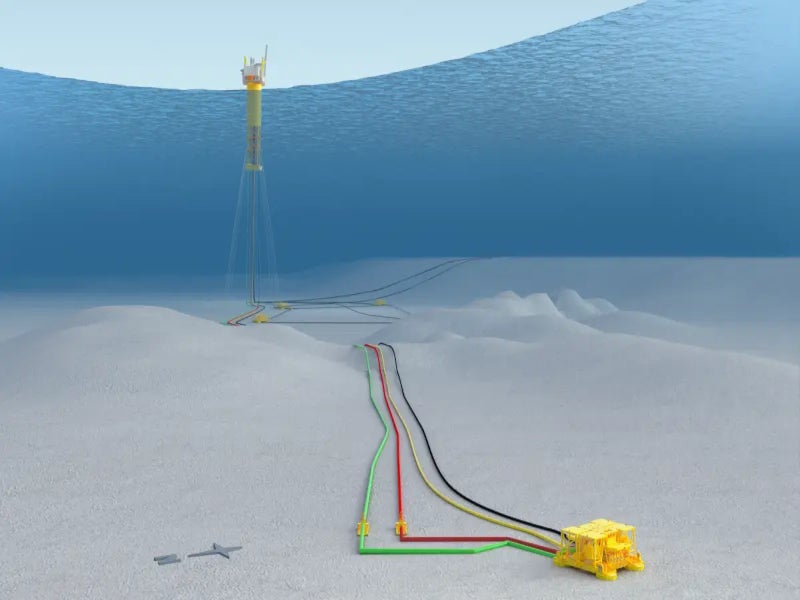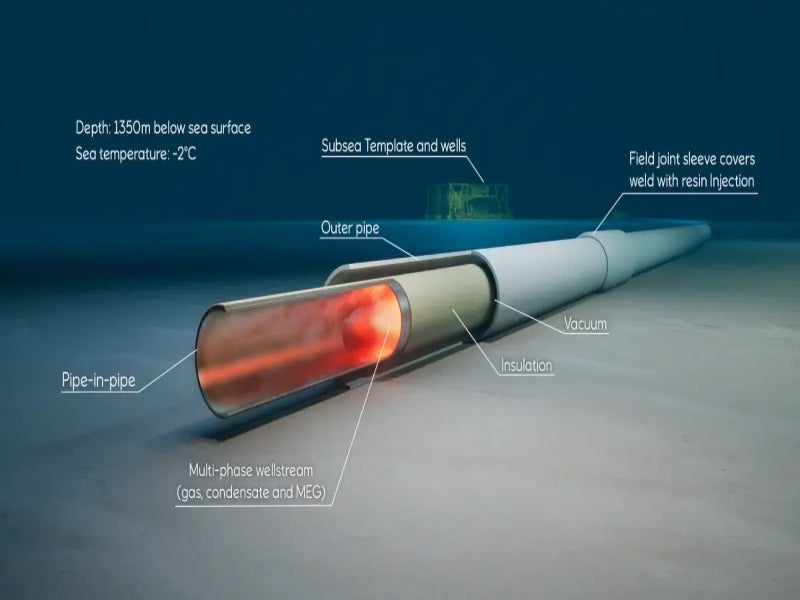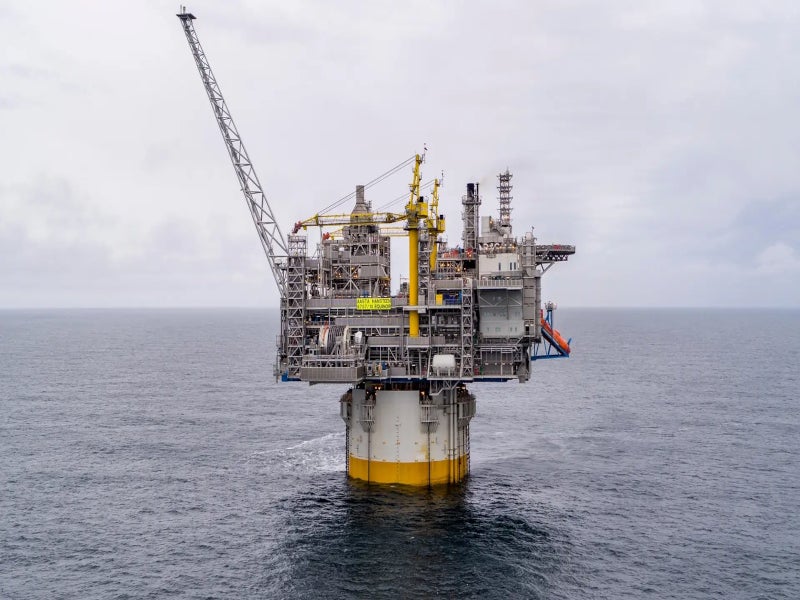Irpa, previously known as Asterix, is a gas field located in the Norwegian Sea, Norway. It will be developed as a tie-in to the Aasta Hansteen field (previously Luva).
Equinor, an energy company based in Norway, holds 51% interest in the field and serves as the operator. Wintershall DEA, an oil and gas company based in Germany, holds 19% interest, while Petoro, a Norwegian state-owned oil and gas company, holds 20%, and Shell, an oil and gas company based in the UK, holds 10% interest in the field.
Equinor submitted a NOK14.8bn ($1.4bn) plan for the development and operation (PDO) of the Irpa field to the Norwegian Ministry of Petroleum and Energy in November 2022. The field will extend the life of the Aasta Hansteen gas field and ensure increased gas supplies to Europe. It will secure the energy requirement of more than 2.3 million households in the UK for seven years.
The gas field is expected to start production in 2026. Irpa and Aasta Hansteen will jointly produce through 2031, and then Irpa will continue production until 2039.
Irpa gas field location
Irpa gas field is located 340km offshore Bodo in the Voring Basin, 70km west of the Aasta Hansteen field in production licence 327B.
Discovery and exploration details
Irpa was discovered in March 2009 by the 6705/10-1 exploration well, which encountered gas resources in the Upper Cretaceous reservoir rocks with good reservoir properties.
The well was drilled to a vertical depth of 3,775m below sea level by Transocean Leader, a self-propelled semi-submersible drillship.
The well terminated in late Cretaceous rocks and was permanently plugged and abandoned.
Geology and reserves
The field reservoir holds gas in turbidite sandstones of the Late Cretaceous age Springar Formation.
The preliminary estimated proven recoverable volumes of the Irpa gas field at the time of discovery were estimated at 100 million barrels of oil equivalent.
The field is currently estimated to hold recoverable gas reserves of approximately 20 billion standard cubic metres (Sm³) and 0.4 million cubic metres of condensates, totalling 124 million barrels of oil equivalent.
Irpa gas field development details
Irpa gas field will be developed with three wells, a subsea template with four well slots and an 80km-long tie-back pipeline tied back to the Aasta Hansteen gas field platform. The subsea facilities and equipment will include a production riser, umbilical and tie-ins.
The tie-back pipeline will utilise the innovative insulated pipe-in-pipe solution to withstand the extremely low temperatures on the seabed. The pipeline will feature a swaged pipe-in-pipe design combining insulation and vacuum between the inner and outer pipes, along with monoethyleneglycol (MEG) injection to decrease hydrates formations in the multi-phase well stream.
Gas export
The gas produced from Irpa will be piped into the Aasta Hansteen platform and further transported to the Nyhamna processing plant through the 482km-long Polarled pipeline.
The Langeled pipeline system, an underwater gas pipeline, will transport the gas from Nyhamna to customers in the UK and continental Europe.
Contractors involved
Subsea7, a subsea engineering, construction and services company, was awarded an engineering, transportation and installation contract for the MEG pipeline, subsea structures and tie-ins in February 2023.
Saipem, an oilfield services company, was contracted for the installation of the 80km pipeline connecting the subsea template to the Aasta Hansteen platform in January 2023.
Aibel, an oil and gas industry service provider based in Norway, was contracted by Equinor for carrying out extensive modifications to the Aasta Hansteen platform to prepare for the tie-in with the Irpa field in November 2022.
The modification work will include integration work on the platform’s existing processing equipment as well as the construction and installation of an approximately 450t MEG module.
The contract followed the front-end engineering and design (FEED) modifications contract received in November 2021.









